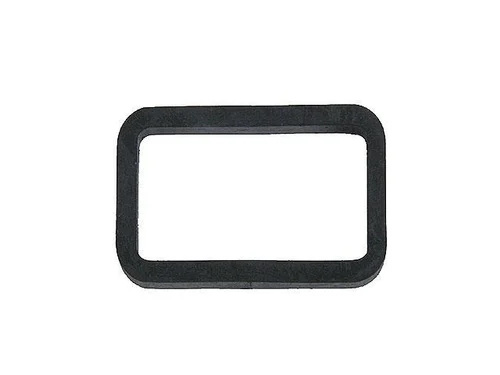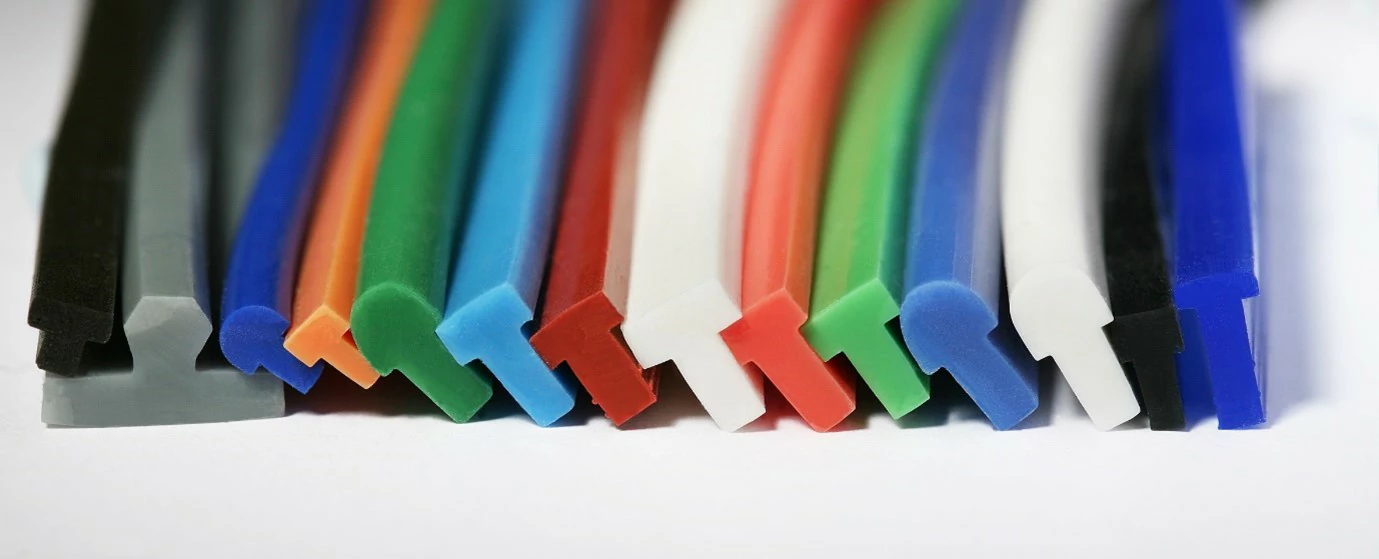Rectangular seal ring In mechanical equipment and industrial applications, the...
The DC coupling mode
With the rapid development of renewable energy, especially the popularization of solar power generation and energy storage technology, how to efficiently manage and use these energy sources has become the focus of the industry. As an effective energy management and integration scheme, DC coupling has been widely used in solar power generation systems. In this paper, the working principle, composition, advantages and disadvantages and application scenarios of DC coupling mode will be introduced in detail.
the working principle
The important feature of the DC coupling method is that the solar module, the energy storage device (such as the battery) and the load are directly connected through the direct current circuit. The specific working principle is as follows:
Solar power generation: When sunlight hits a solar module, the module converts light energy into direct current electricity. This direct current is output directly to the energy storage device.
Energy storage system: Energy storage devices (such as lithium batteries or lead-acid batteries) are directly connected to the DC output of the photovoltaic module. When the solar power generation exceeds the real-time load demand, the excess power is stored in the battery for subsequent use.
Load power supply: During peak demand, the battery can provide direct current to the load, or in the case of insufficient solar power generation, to ensure the continuous power supply of the load.
the composition of DC coupling mode
The DC coupled system generally consists of the following parts:
Solar module: responsible for converting light energy into direct current, is the core part of the system.
Inverter (optional) : In some systems, if the load is AC (such as household appliances), the inverter is required to convert the direct current provided by the battery to alternating current; In full DC applications, the inverter can be omitted.
Energy storage system: Usually a battery, responsible for storage and discharge, ensuring that power is provided when needed.
Control system: Manage the battery charge and discharge, energy distribution and the overall operating state of the system, optimize efficiency.
Dc power distribution system: responsible for the distribution of direct current to different loads and equipment, to achieve flexible load control.
advantages and disadvantages
Advantages:
High efficiency: Because there is no need to convert direct current to alternating current and then reverse, the system energy loss is reduced, and the overall efficiency can reach a higher level.
Simple structure: The DC-coupled system has fewer components and is easier to design and maintain.
Fast power response: Because the DC system can respond to load changes in real time, it is particularly important for the fast charging and discharging of the battery to meet the high dynamic energy demand.
Direct integration of a variety of DC loads: suitable for direct connection of household appliances, electric vehicle charging piles and other DC loads, improve the flexibility of the system.
disadvantage:
Application scenario limitations: DC coupling may not be as flexible as AC coupling in situations where a connection to the public grid is required.
High battery management system requirements: In order to ensure system safety and battery life, advanced battery management systems are required, increasing the complexity of the system.
Standardization issues: DC systems have not reached the level of standardization and maturity in the market and technology as AC systems, which may lead to compatibility and technical support issues.
Application scenarios
The DC coupling mode is suitable for a variety of application scenarios:
Off-grid solar system: in remote areas, directly use solar power generation and energy storage to solve power supply problems.
Microgrid systems: In microgrids, DC-coupled systems enable efficient energy management and integration, supporting distributed generation.
Dc charging stations: such as electric vehicle charging facilities, can be directly connected to DC power supply, reducing conversion losses.
Home and commercial buildings: In buildings requiring efficient energy use, DC coupling can effectively match multiple DC loads to improve overall energy efficiency.
conclusion
Dc coupling has become an important scheme for the integration of renewable energy and energy storage systems because of its high efficiency, simplicity and flexibility. With the development of technology and the continuous expansion of application scenarios, DC coupling will play an increasingly important role in the future energy management. Through rational design and intelligent management system, DC coupling mode can play an important role in sustainable energy utilization and power system optimization.

Home energy storage product series
A lithium battery pack for home energy storage systems, which is compatible with solar panels and the sun The inverter can work together with the power grid to power household appliances, and it can also be used as a For off grid systems.
Extended reading
Application of rubber material in battery pack housing
Glass fiber composite material Glass fiber composites have been widely...
Glass fiber composite material
Glass fiber composite material Glass fiber composites have been widely...
THE ESSC Brand promise
Global supply
Our products sell well all over the world, covering many countries and regions, through the global logistics network, to provide customers with convenient purchasing experience.
Rigorous quality
We adhere to the highest quality control standards to ensure every product meets industry regulations and customer expectations, earning trust through consistent excellence.
Excellent service
With a customer-centric approach, we provide prompt responses, professional support, and personalized services, aiming to deliver the best user experience and long-term value.


